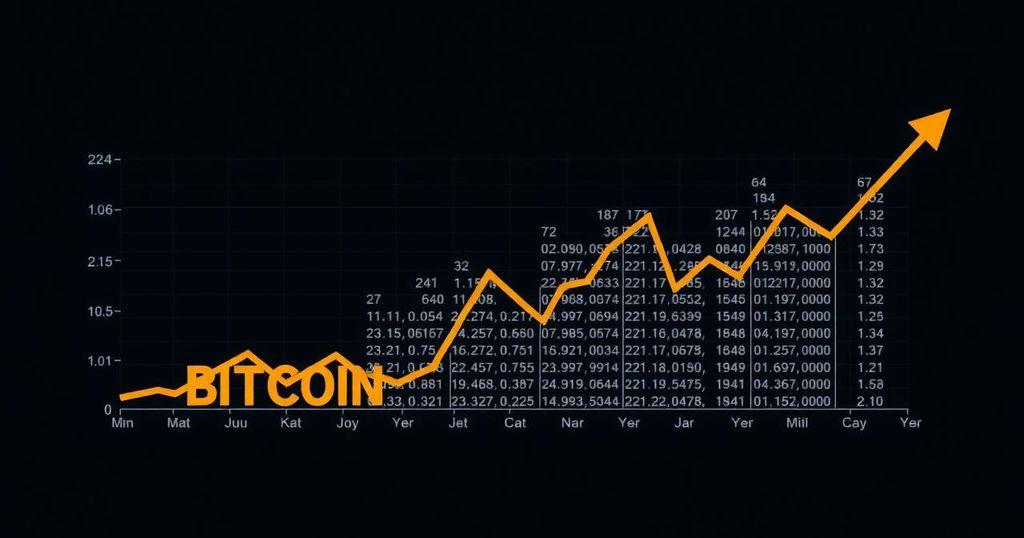Bitcoin’s Potential Decline Despite Federal Reserve Rate Cut Expectations
Amidst the anticipation of Federal Reserve rate cuts, Bitcoin (BTC) may experience a decline, potentially dropping below the $50,000 threshold, according to Arthur Hayes, the founder of BitMEX. In the initial days of September, Bitcoin witnessed a 4% decrease, falling from $59,800 to approximately $56,000. While market analysts had hoped for a surge in Bitcoin’s value following the expected rate cuts on September 18th, Hayes argues that short-term weakness may still prevail even after the cuts occur.
In his analysis, Hayes points out that financial institutions are increasingly allocating their funds into the Federal Reserve’s Reverse Repurchase Agreement (RRP) for better yields rather than investing in risk-sensitive assets like Bitcoin. He articulates, “As such, RRP balances should continue to rise, and Bitcoin, at best, will chop around these levels and, at worst, slowly leak lower towards $50,000.”
The RRP serves as a crucial tool for the Federal Reserve’s monetary policy, significantly influencing money supply and short-term interest rates. An escalating RRP would constrict liquidity within the United States, leading to adverse effects on Bitcoin’s market behavior.
Initially, Hayes had anticipated that the United States would increase the issuance of treasury bills by over $300 billion, which was expected to enhance liquidity and stimulate Bitcoin’s growth. However, he now draws attention to a more significant increase in RRP compared to treasury bill issuance, representing a negative impact on liquidity. He asserts, “Assuming the Fed does not cut rates prior to the September meeting, I expect T-bill yields to remain well below those of the RRP.”
Historically, Bitcoin has exhibited a positive correlation with U.S. liquidity, indicating that current liquidity constraints could adversely impact the digital asset in the short term. Nonetheless, Hayes acknowledges that his pessimistic view on Bitcoin is temporary, reiterating his readiness to capitalize on potential buying opportunities. “My shift in opinion keeps my hand hovering over the Buy button. I am not selling crypto because I am short-term bearish,” he stated.
In addition to macroeconomic factors, Bitcoin has demonstrated a tendency for underwhelming performance in September. However, QCP Capital highlights a strong recovery pattern in October, noting historical trends where Bitcoin has recorded average gains of 22.9% in eight out of the past nine Octobers.
As of the latest analysis, the crypto Fear and Greed index registered a score of 27, indicating a state of ‘fear’ among investors. Concurrently, the derivatives market appeared predominantly bearish, reflected in a negative Taker Buy Sell Ratio, suggesting that seller volume has significantly outpaced that of buyers, which is emblematic of prevailing weak market sentiment.
In conclusion, while the expectation of Federal Reserve rate cuts might signal possible positive shifts for the cryptocurrency market, the immediate outlook for Bitcoin appears cautious due to competing liquidity interests and historical performance trends. Investors would be prudent to observe market dynamics closely in the coming weeks.








Post Comment